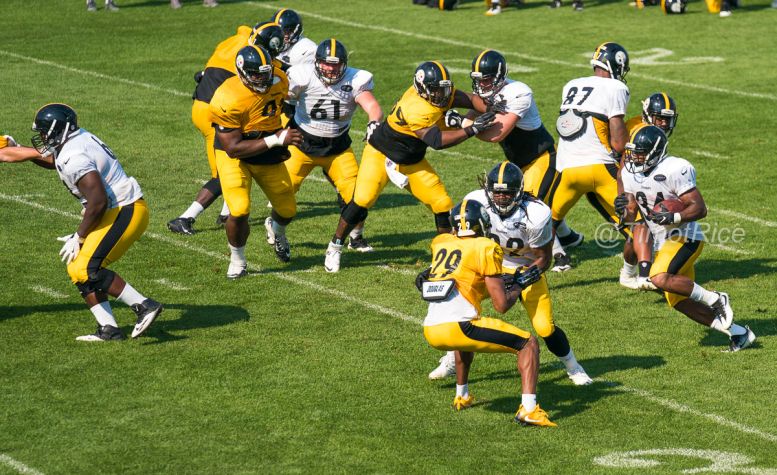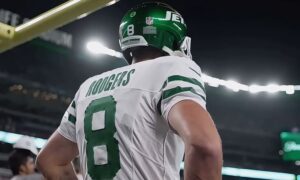With the Pittsburgh Steelers having now departed from Saint Vincent College, heading back from Latrobe to Pittsburgh to begin the next phase of their preseason, I think it would be an appropriate time to reflect upon a still somewhat recent development that has become a staple there over the past few years: live tackling drills.
For decades, live tackling had been absent in Latrobe, and in most training camps all around the league. Things began to change again with the new Collective Bargaining Agreement that was put in place, which restricted in many different ways what coaches were able to ask of players on the practice field.
With the reduced access to their roster, one obvious way to increase the productivity of the time that they did have was to allow their players to tackle. Tomlin’s Steelers have been doing this for three or four years now.
The Steelers of the late 00s and early 10s were among the most efficient tacklers in the league, perennially. That trend began to shift in a hurry in the opposite direction as many of their key players grew old and retired, or were released, or simply became less effective.
Before long, they became among the least efficient tackling teams in the league, and that seemed to reach its zenith in 2013 and 2014. While there are still significant issues in that regard, it has been improving, and it should continue to improve as the young players on the defense continue to mature.
Perhaps in light of some injuries that the Steelers have experienced during training camp—which, frankly, have been no worse than any other conventional training camp (just ask the Ravens, who are very proud of their conditioning staff)—Head Coach Mike Tomlin was asked about it.
Peter King was visiting Pittsburgh’s training camp on Thursday when he asked Tomlin why he carried out such intense practices, which the veteran reporter likened only to the Seahawks’. The head coach responded by saying, “we see the benefits” of intense tackling sessions. “We’ll continue to do what we do”.
One area in which it has especially helped has been—and I know there will be some groans here—in the red zone. It has definitely helped the defense, and if you actually apply some context to the offense’s red zone numbers, they have done well—when Ben Roethlisberger is healthy.
But as Tomlin alluded to, the reason to continue to carry out live-tackling drills is if you see the fruits of the labor. That will come in the form of improved tackling. After all, it’s hard to imagine a better way to get better at tackling than to tackle people.








